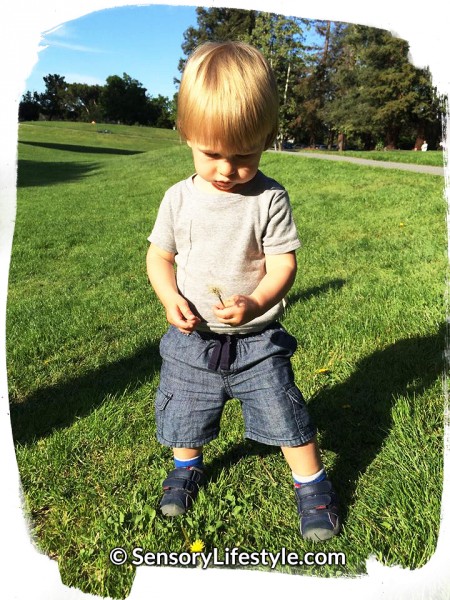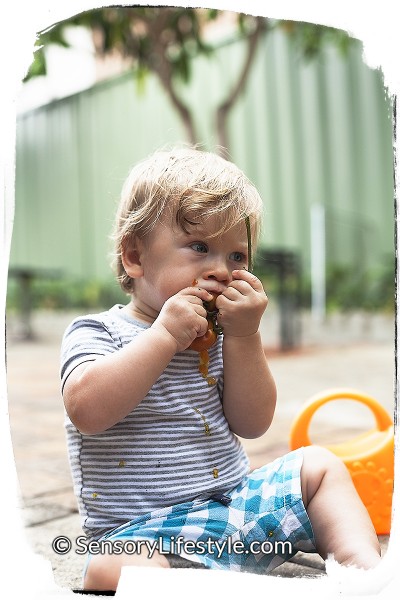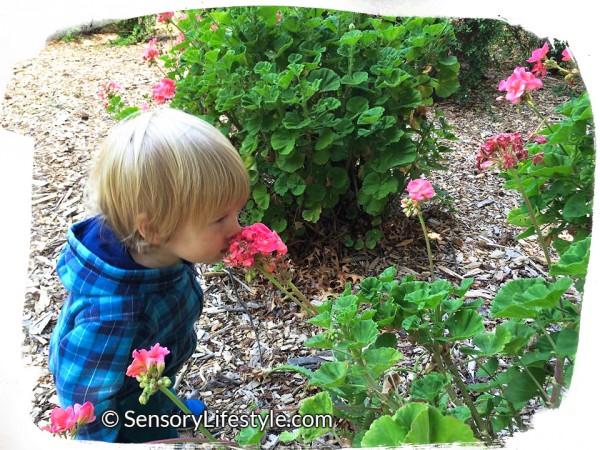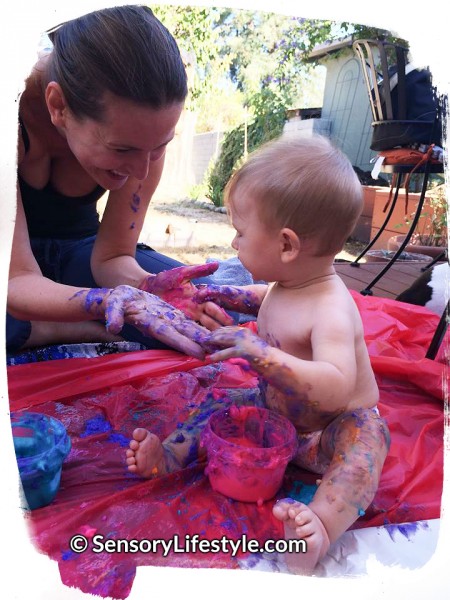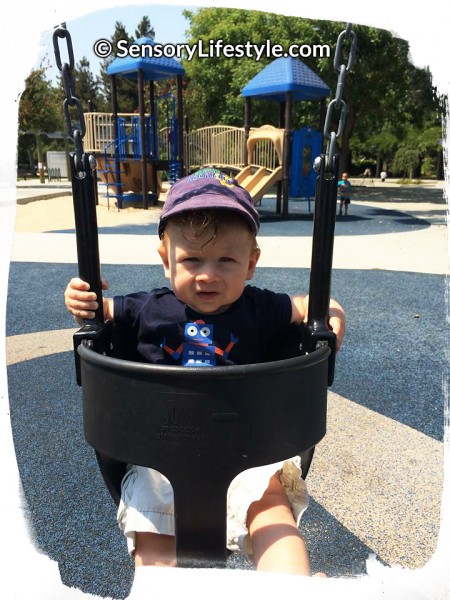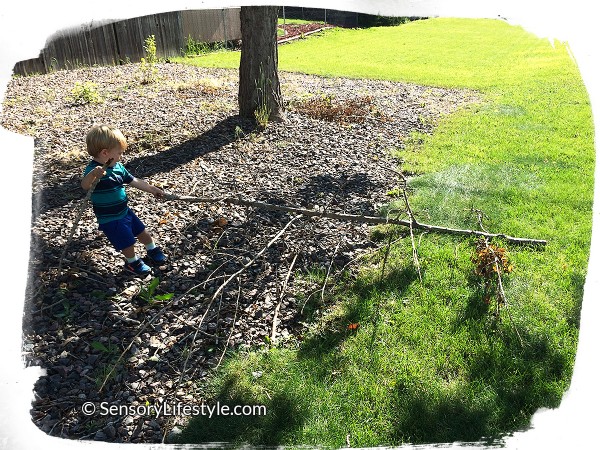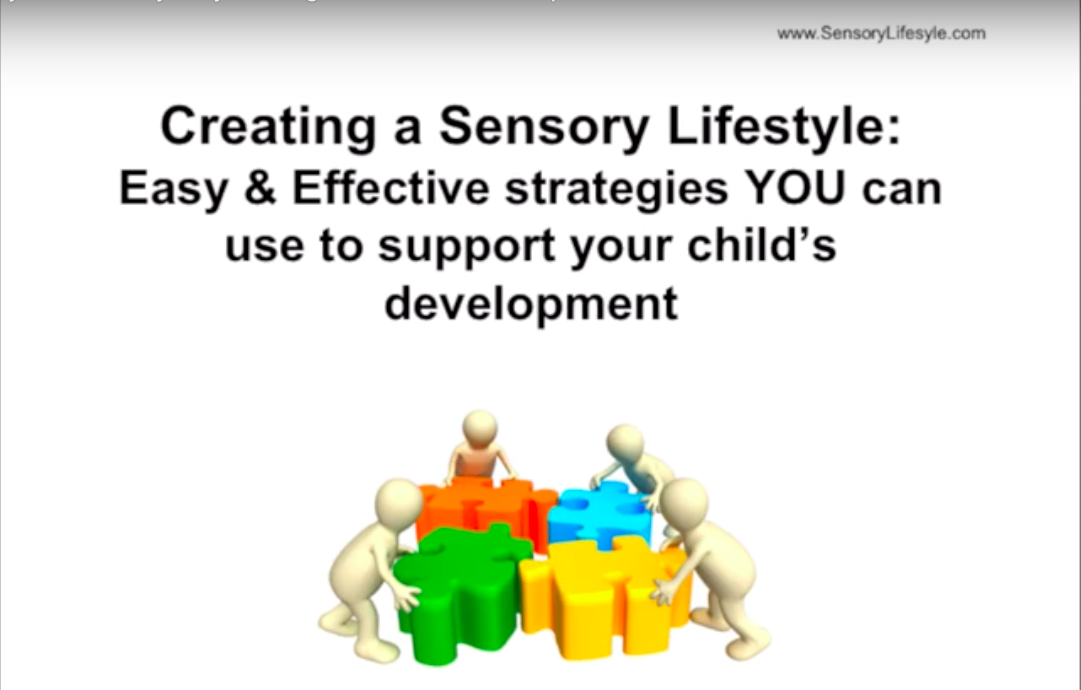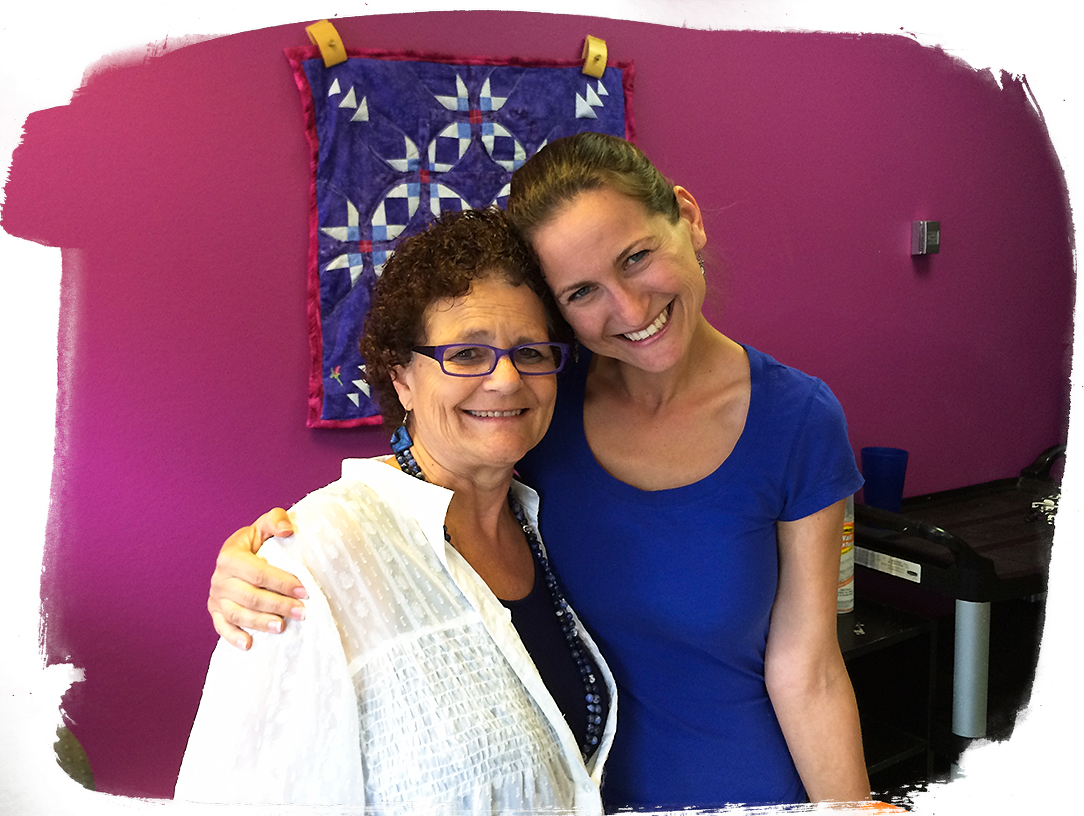What is Sensory Processing?
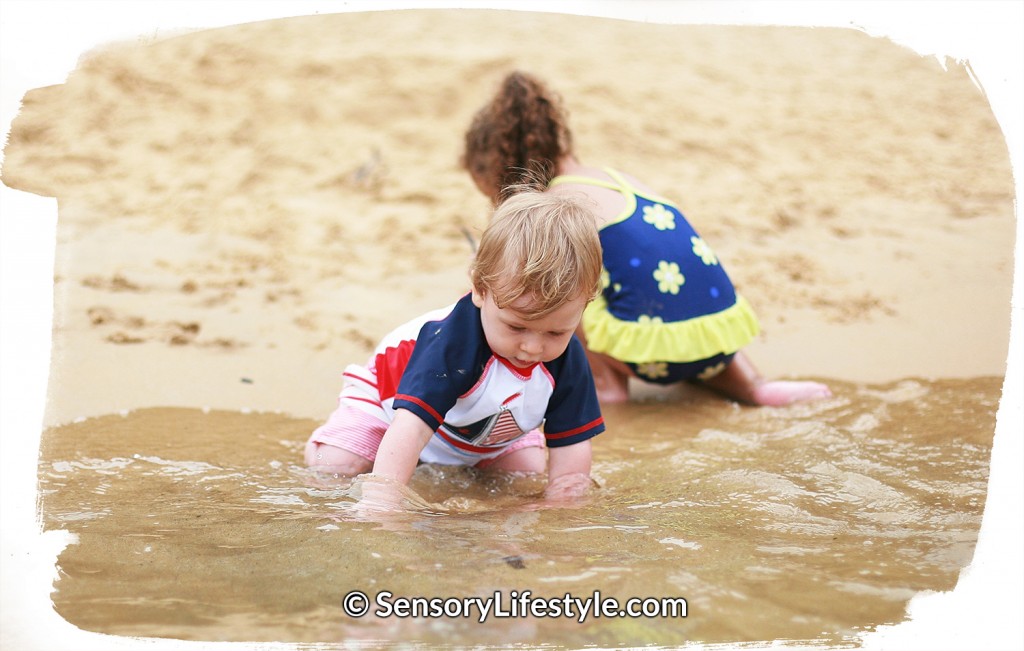
5 min read
Before we look at what is sensory processing lets see how our senses are used in our everyday life.
Sensory Processing in Action
Among the green hills of a sunny Californian summer, there is an ecstatic farmer. He goes by the name Barry. Barry opens the doors to his fruit farm every weekend to let the local kids run free and enjoy the fresh berries. This morning, as Barry starts to open the gate, a boy named Josh storms through. His blond surfer haircut shaking side to side as he wiggles and bobs through the farm.
As Josh wanders through the farm, let’s think about what his sensory system would be doing. When he spots a strawberry bush in the distance he is using his visual sense to take in all the information. Deep red fruit with rough, shiny skin. Each fruit is no larger than a thumb. The bush appears to be full of these berries and Josh scurries towards it with excitement.
Finally having arrived, Josh uses his internal senses to bend down and pick the fruit off. His legs, arms, and head all working in sync to keep balance. Josh pulls off the strawberry while being aware how much force to use so it doesn’t get squished in his hand. Immediately notices the berry’s smooth texture through his tactile sense. Its weight lighter than the toys at home. Josh pauses… then brings the fruit closer to his face for inspection. Smells good. Looks good. He hears no bees closing in. Ok, it’s ready for consumption. In it goes, into the mouth. Mmmm… Sweet… juicy fruit… Josh’s eyes close with pleasure. No sooner his eyes open up locking in on another strawberry.
It’s going to be a fun day at the farm.
As Josh wanders around picking strawberries his sensory system is hard at work. Now think about your whole day and how hard your entire sensory system is working.
What is sensory processing?
“Sensory Processing is the ability to organize sensory information for use…. that enables man to interact effectively with the environment” Ayers, 1972
When a child begins to explore the world, they experience many different sensations. Their senses come alive. Information starts flowing through their senses. They begin to learn to organize and act on this information.
In other words sensory processing includes:
- Our ability to take in information through all of 8 senses,
- Then organize and interpret all this sensory information and give it meaning,
- Lastly, respond to that information in a purposeful manner
For example:
- You hear something behind you. Your brain organizes and interprets that information. You respond by turning your head around to see what it is, or
- Someone bumps into you. The tactile, vestibular and proprioceptive senses start sending information to your brain. Your brain is able to organize and interpret this to respond by shifting your weight to make sure you don’t fall over.
“Proper sensory processing forms the underlying foundation for academic, learning and social behavior.” – Dr. Lucy Jane Miller, STAR Center
First we need to have a healthy sensory system before more intellectual and academic learning can take place.
Sensory system in a nutshell
Our bodies take in information through 8 different senses. They can be separated into internal and external senses. Take the nervous system, for it to develop, we need to experience many different kinds of sensations.
So lets take a closer look at each of the 8 senses. Keep in mind that the integration between the senses is as important as each one. Just like in the strawberry-picking story at the beginning of this post.
External Senses
Sensations that tell us what is coming from outside of the body.
1. Auditory sense (hearing)
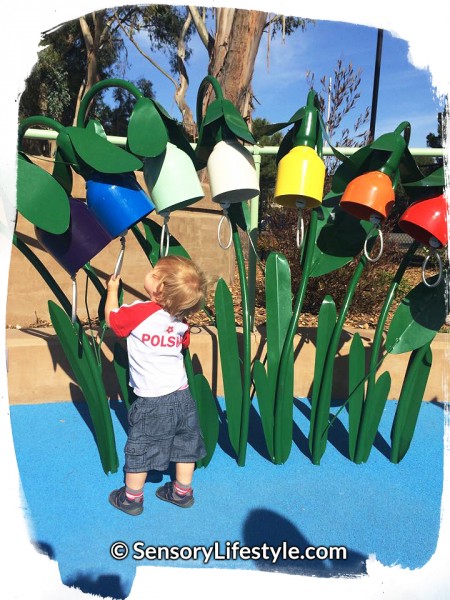
- Auditory system processes and interprets information that is heard.
- It tells us the quality and direction of sound.
- This sense also helps us understand speech.
- It allows us to distinguish a specific sound e.g. parent’s voice from background noise such as TV.
- Allows us to discriminate sounds that are similar.
2. Visual sense (sight)
- Visual sense interprets what we see.
- It lets us recognize size, shapes, colors, as well as helps us read the body language and other non-verbal cues during social interactions.
- This sense includes visual acuity, coordination of two eyes, focusing, eye movement control and visual perceptual skills.
- Vision together with vestibular and proprioceptive senses helps to guide our movement and develop appropriate balance skills.
3. Gustatory sense (taste)
- The information is taken in through the tongue.
- Taste provides us with the information about characteristics of food such as salty, sour, bitter or sweet.
- It is critical for our enjoyment of food and keeping things out of our body that can be harmful.
4. Olfactory sense (smell)
- Olfactory sense is where the sensory information is inhaled through the nose.
- It helps us recognize whether smells are dangerous, strong, faint, pleasurable or foul.
- Smell may activate emotions/memories and influence what you like and don’t like.
5. Tactile sense (touch)
- Tactile system receives information through the skin. Both the skin covering the body and the inner linings of the mouth.
- It provides information about temperature, pressure, vibration, size, texture, pain and movement through the hairs on the skin.
- Tactile information gives us essential information for body awareness and motor planning.
- It also helps us to understand our surroundings, to feel safe and assist with the development of both fine and gross motor skills.
Internal Senses
Sensations that tell us where the body is in space, how it is moving and what is going on inside our body.
6. Vestibular sense (sense of position and movement)
- Receptors are located in the inner ear.
- Provides information about movement, balance and your body’s relation to gravity.
- It coordinates how the child’s head and body is moving through space.
- Vestibular sense tells us whether we are right side up or upside down and how quickly and in what direction we are moving.
7. Proprioceptive sense (joint and muscle sensation)
- The word proprioception refers to the sensory information caused by the contraction and stretching of muscles and the bending, straightening, pulling and compression of the joints between bones. (Ayers J, 1972)
- It receives information from the muscles and joints to provide awareness of our body position. It makes it possible for a person to move his arm or leg without having to observe every action.
- This sense tells us how much force is needed for a particular task, such as picking up a juice box without spilling out its contents, or throwing a ball.
8. Interoception
- Interoception tells us what is going on inside our body through the senses within our organs.
- This sensation helps to regulate blood pressure, digestion, breathing. It encompasses all the physiological feelings of all the body parts including pain, temperature, itch, hunger, thirst, stomach ache etc.
So there you have it, Sensory Processing and the 8 internal & external senses that help us navigate our world. You can now see why a healthy sensory system is a foundation for all other learning and social behavior. It’s never too late to start, so try out my activities to give your child the opportunities to develop a healthy sensory system. And as always, remember to have FUN playing!
Urszula
